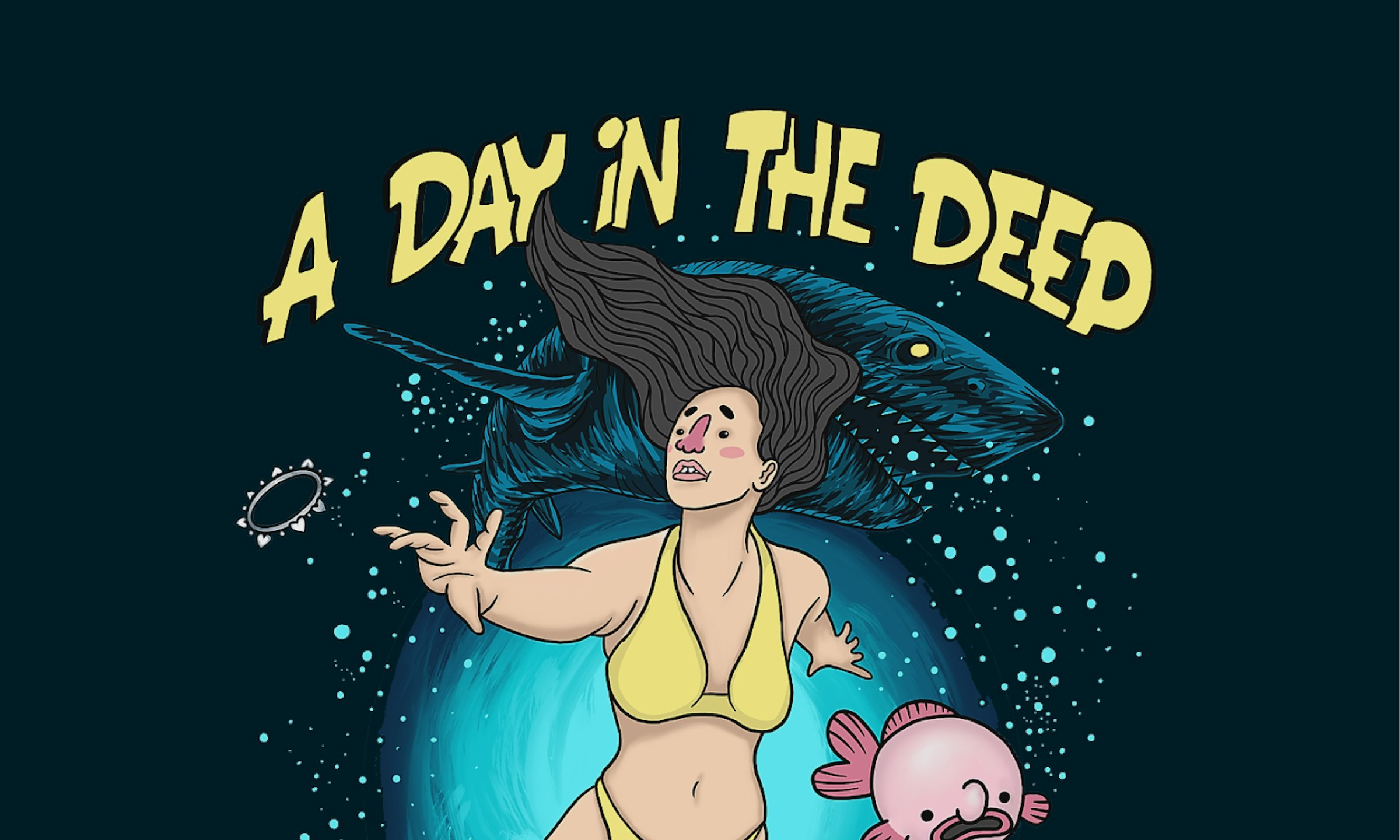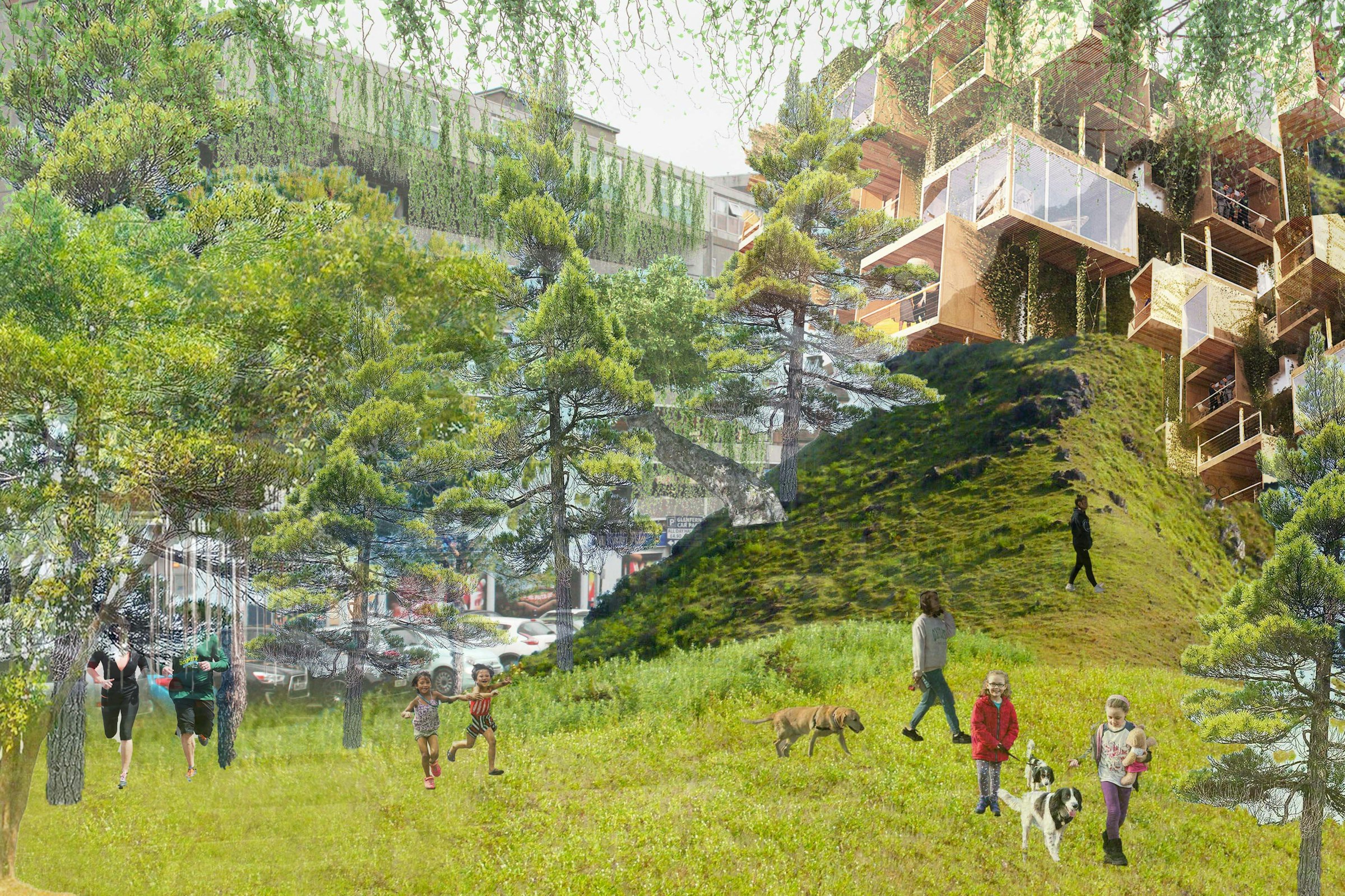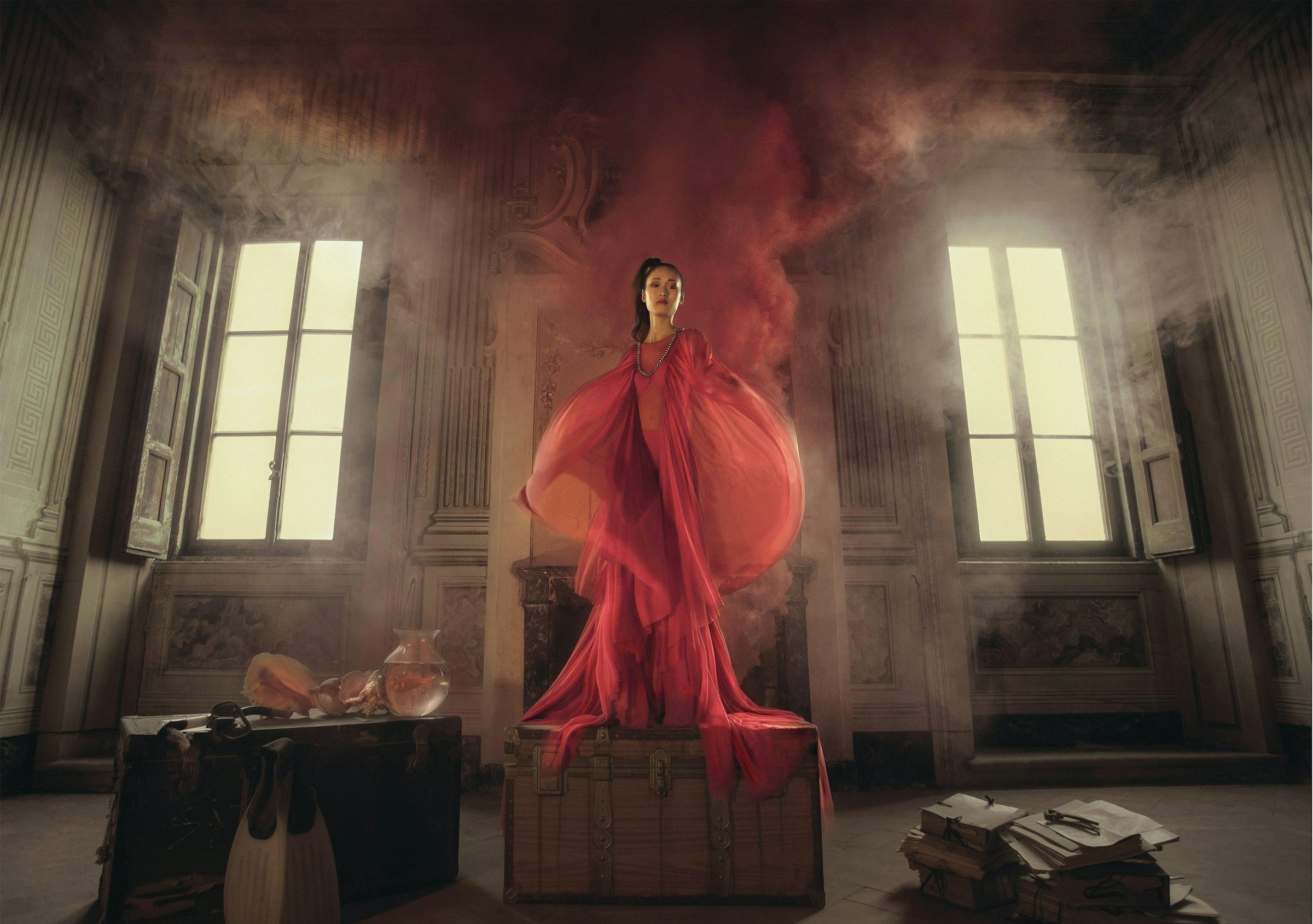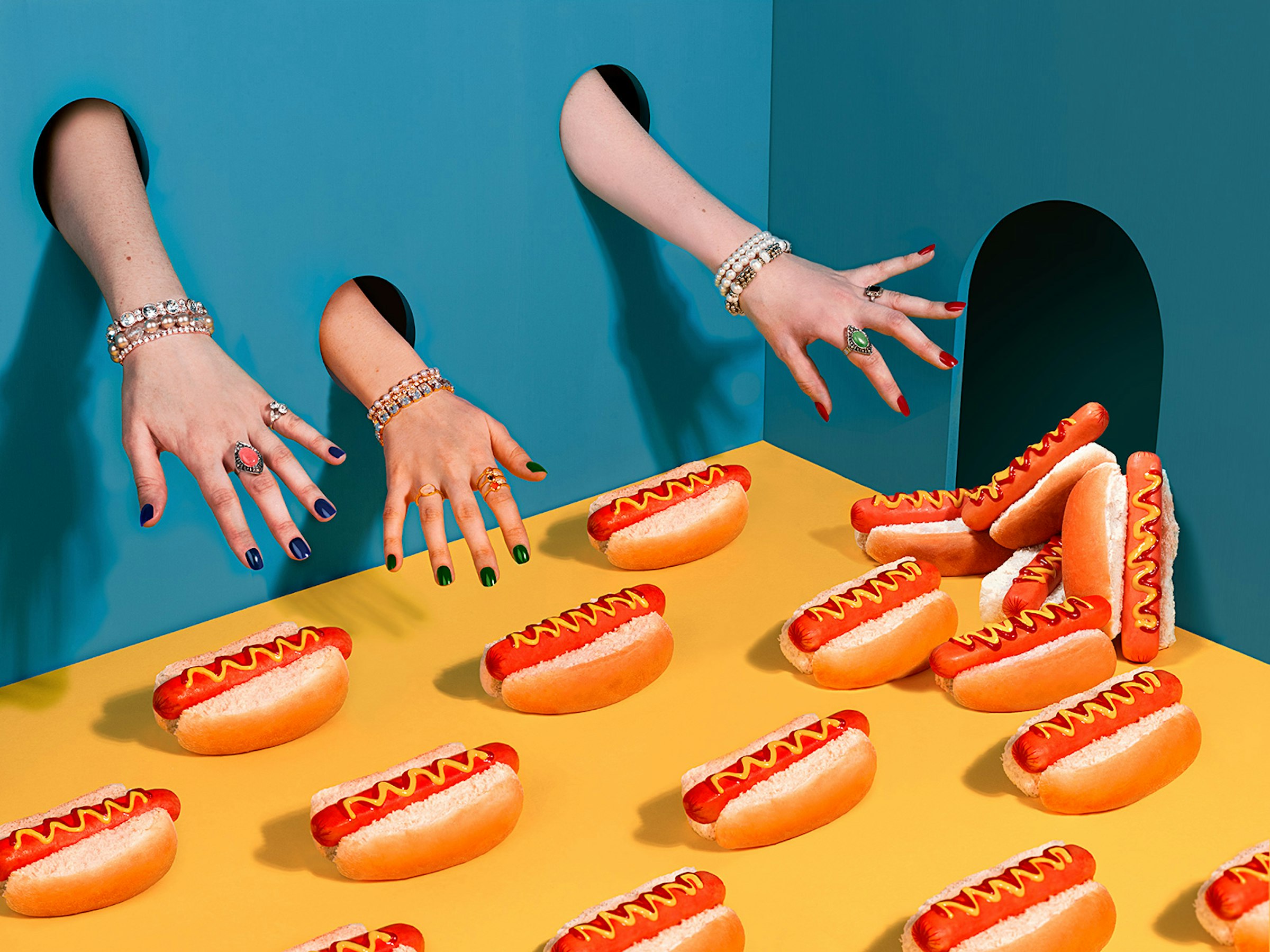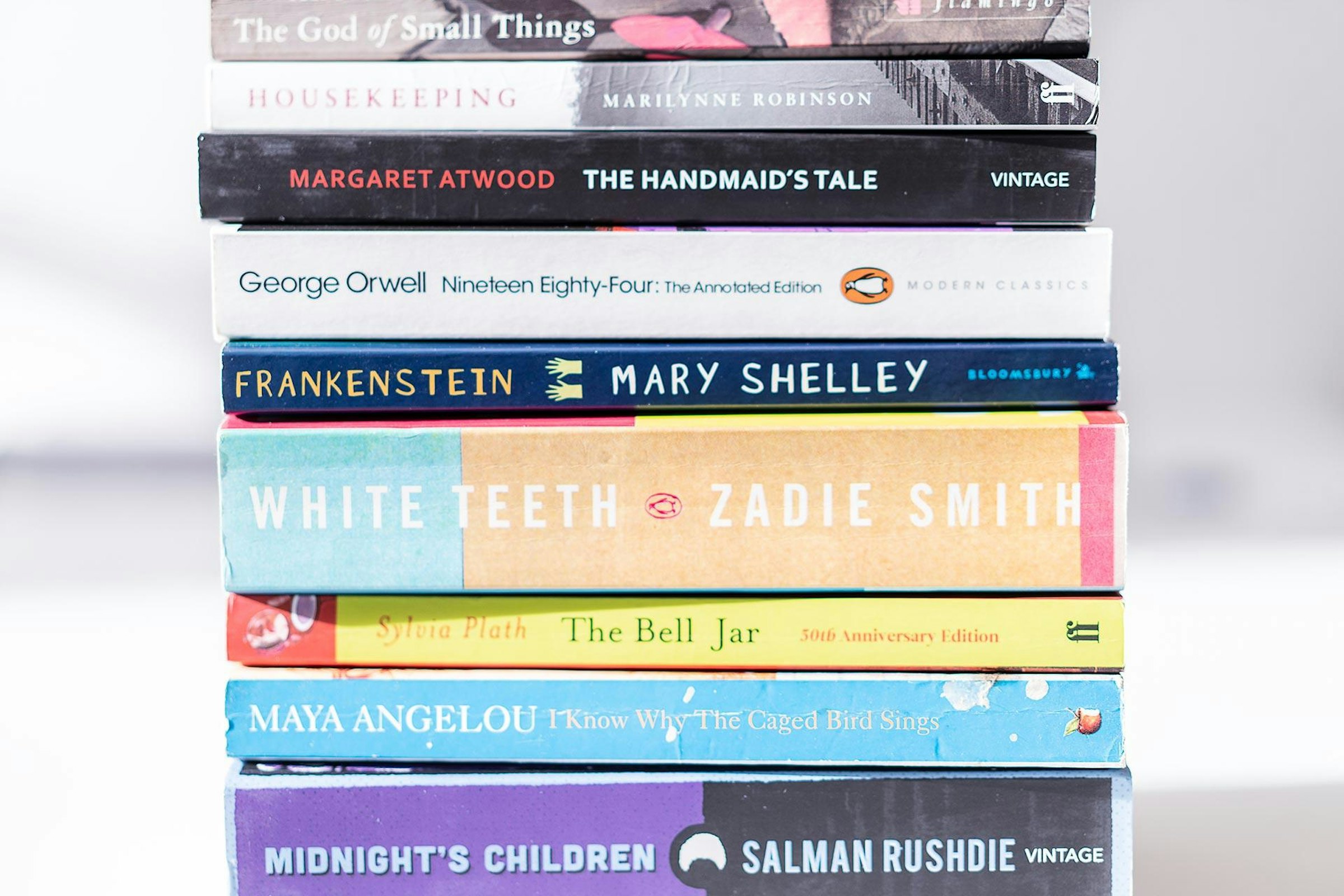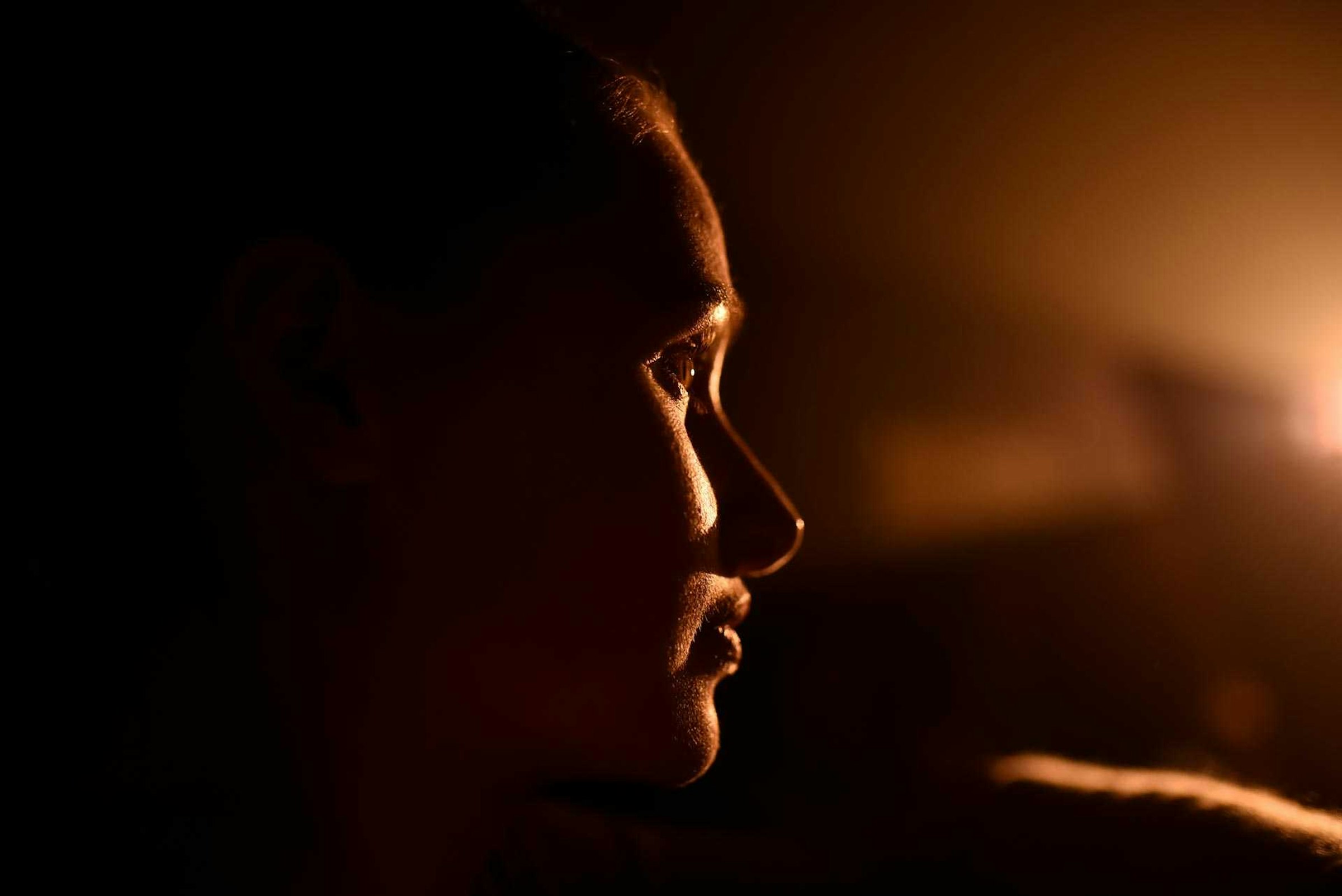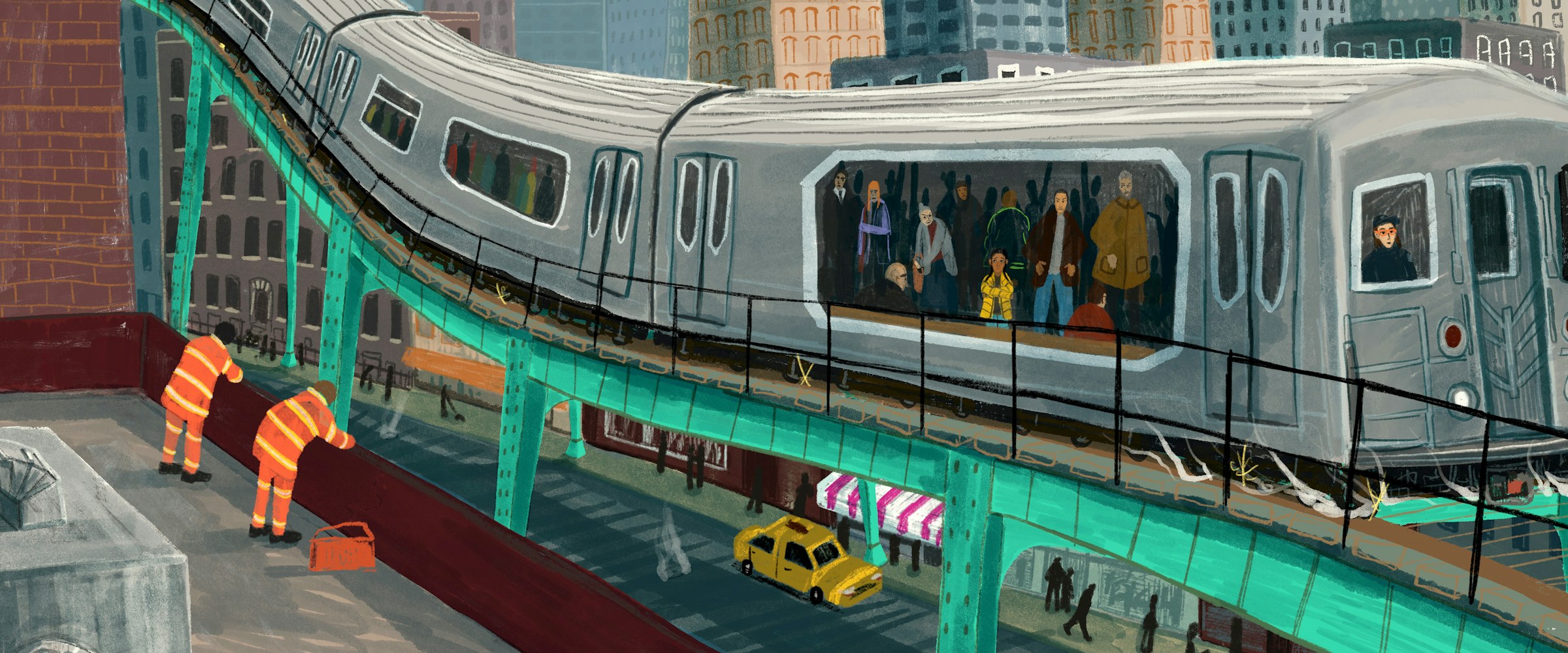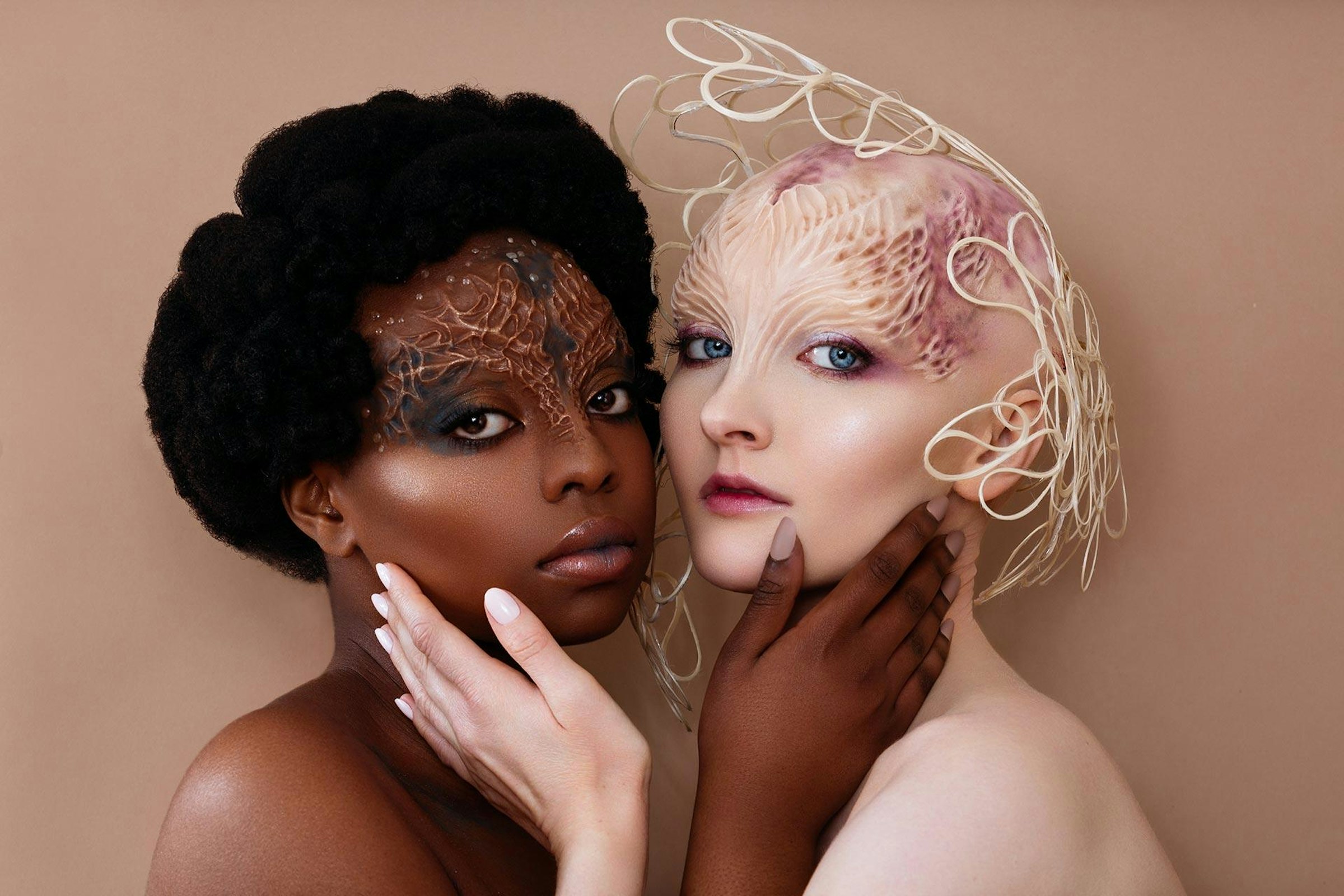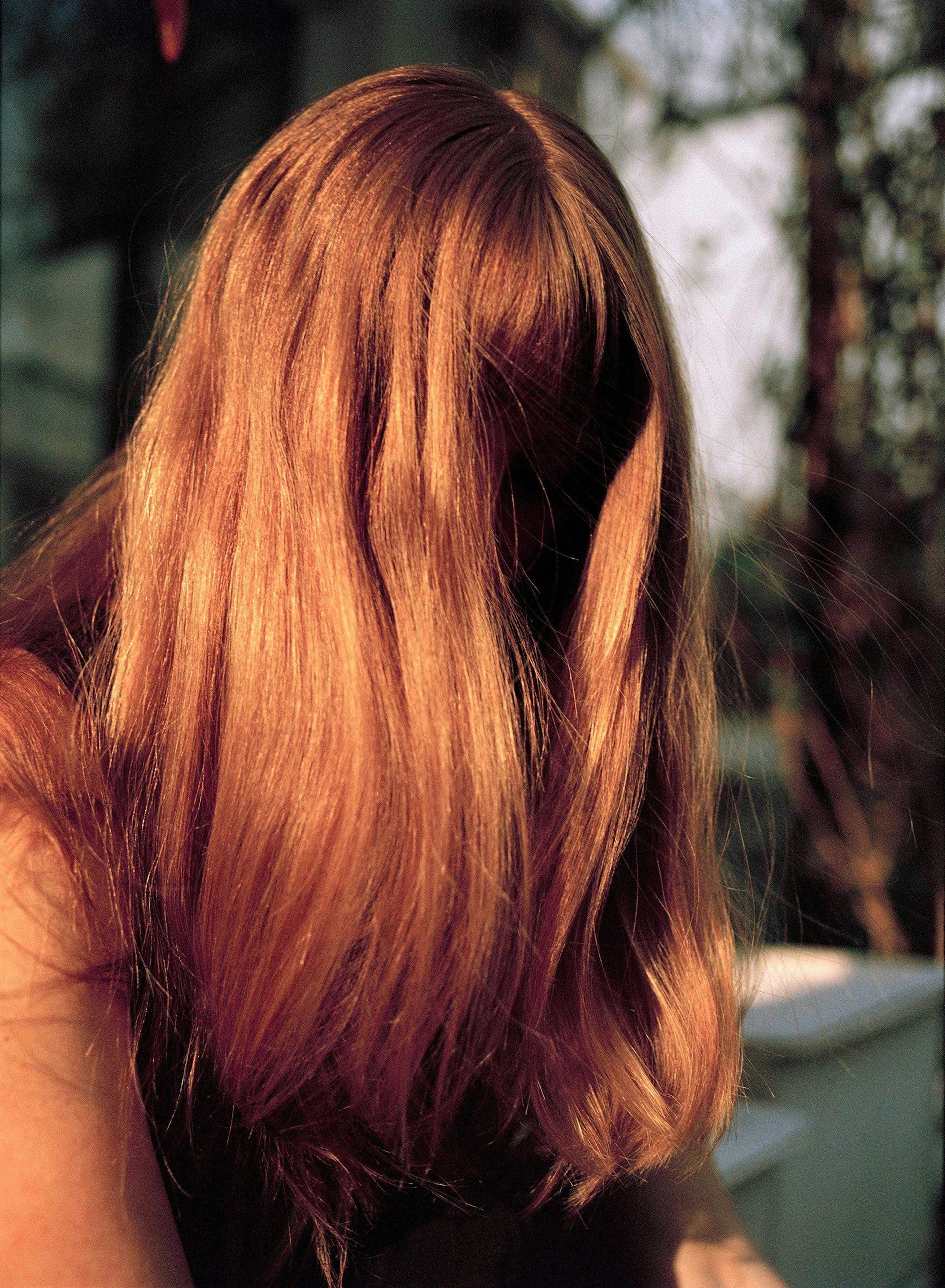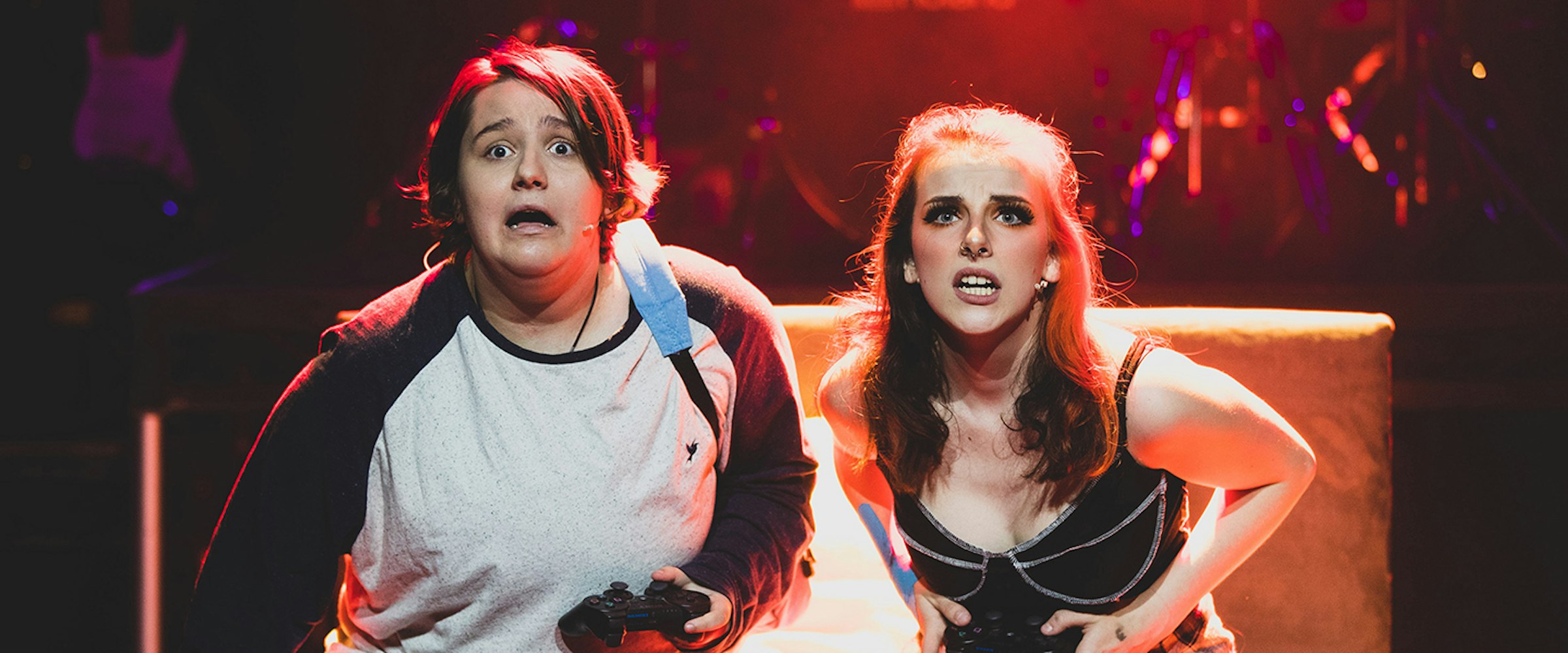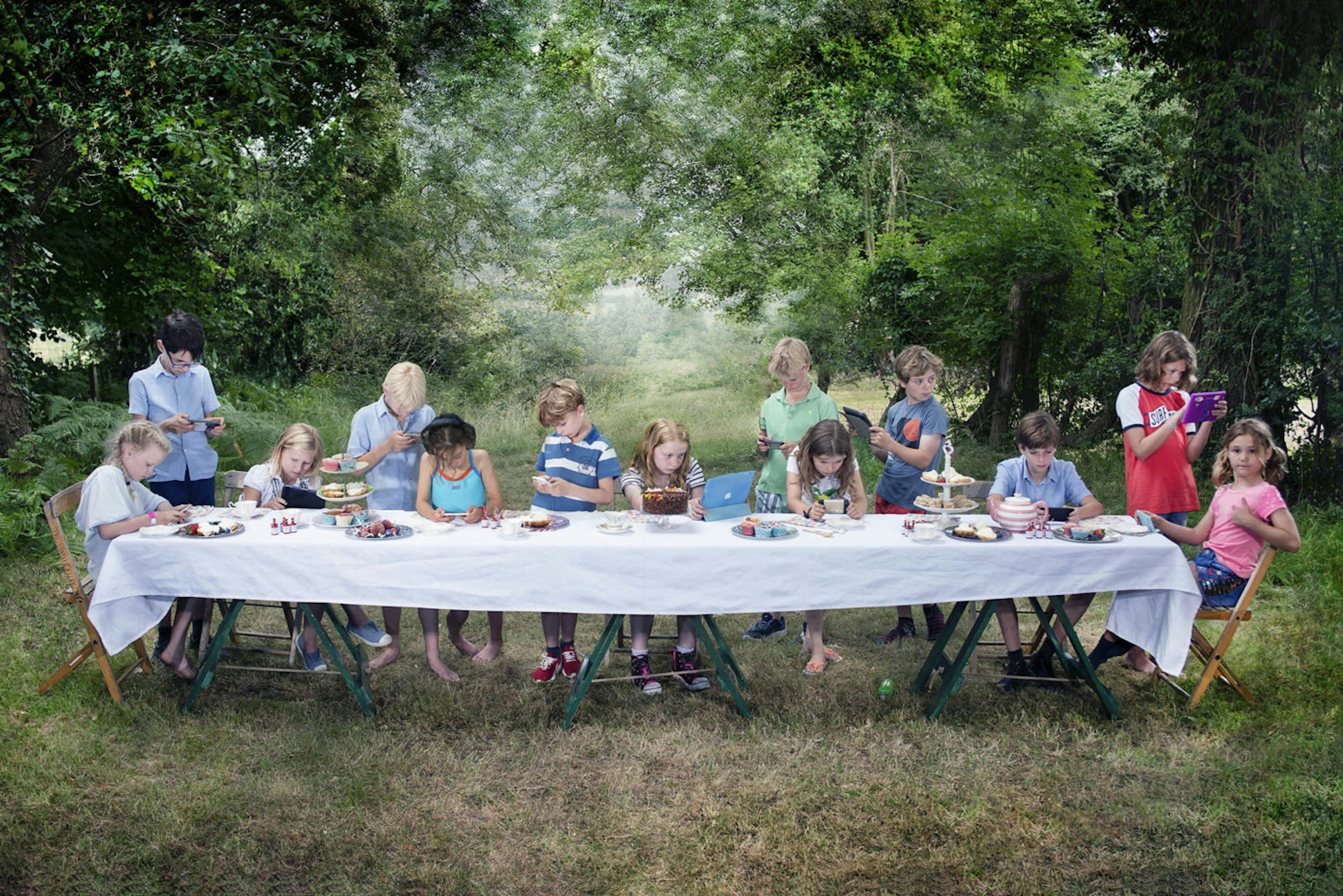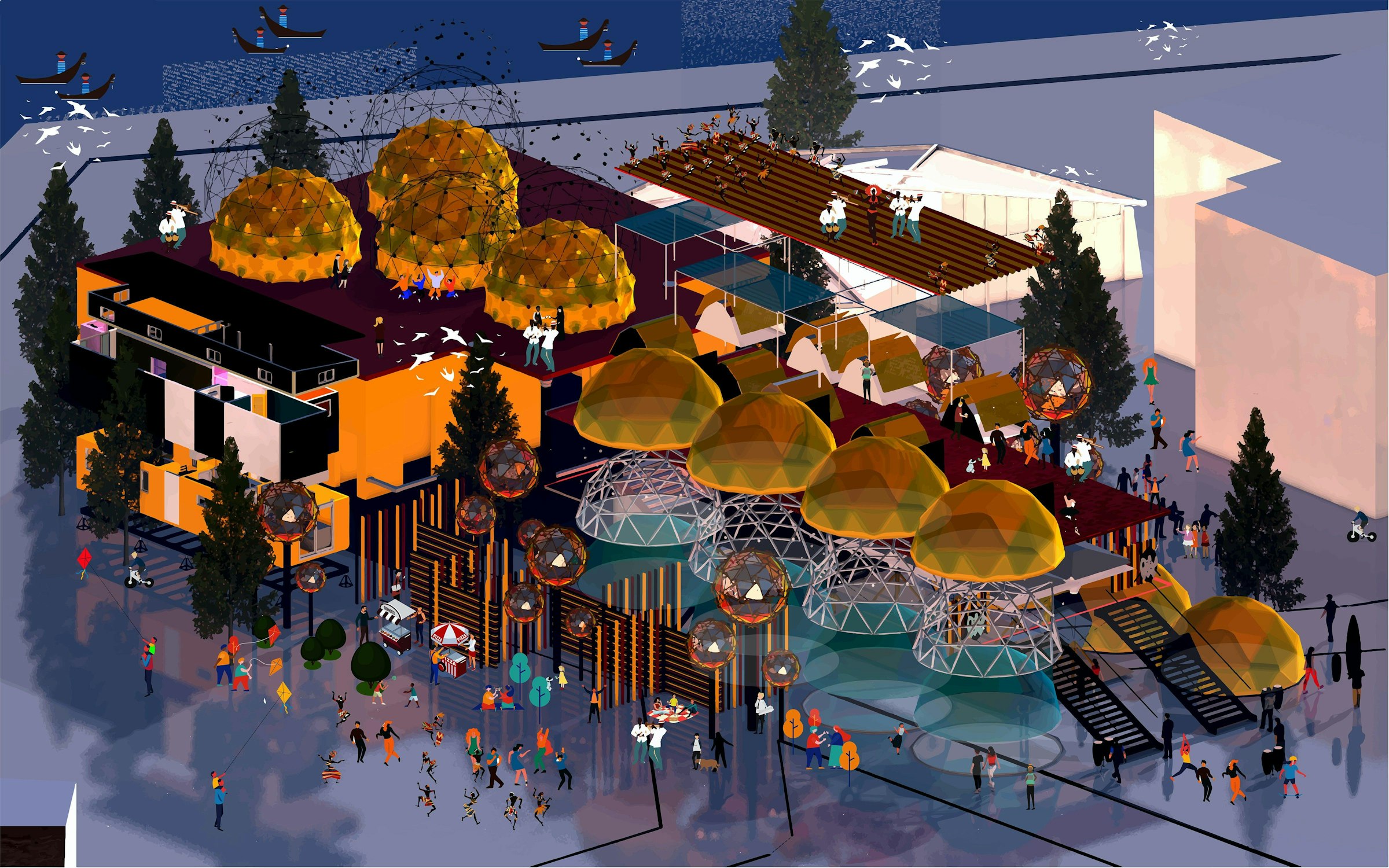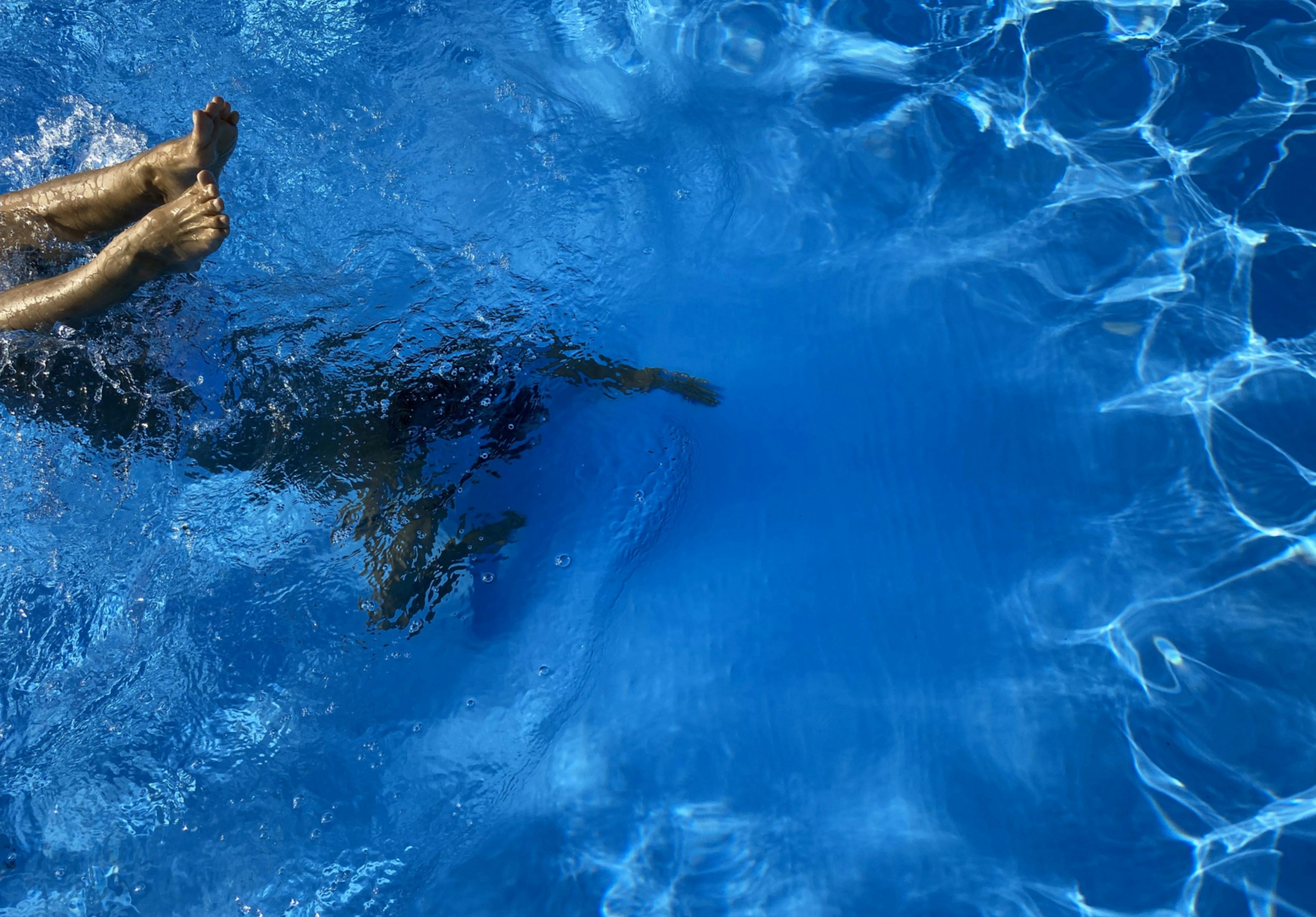- Home
- Latest
- Student Stories
- Ananta Sharma – Immersive storytelling t...

I would describe myself as an immersive storyteller. I'm originally from Mumbai and back home, there's this particular café that had this one section of a wall painted by an Indian mural artist. The whole space had a QR code that, when you used it, made the whole painted space come alive, moving almost like a GIF. That was very intriguing to me.
Storytelling is a really important aspect of my art, and I felt the mural I had seen in Mumbai, whilst beautiful, was missing a narrative – it wasn't telling a story. Although animation is my interest and academic background, really, my work is centred around storytelling in an immersive environment.
I find inspiration in all sorts of places. For example, before starting my Master's, I took a trip to Rajasthan with my family and was really interested in their traditional jewellery making, which involves a substance called ‘lack’. It has significance, not just in terms of its material, but its history and cultural values, and this was something I wanted to try to recreate in my project. I was able to source a type of resin that and incorporated alluvial soil to give it a particularly rich, earthy smell, so it really is immersive and engages your senses. I love exploring new technology and modern ideas; blending them with my cultural roots and traditional art forms is something I find both inspiring and rewarding.
I’ve wanted to study AR/VR for a while now, so MA Animation Production at AUB was the perfect opportunity to do that. My exhibition at AUB in the BUG Gallery, AR Tales: Walk into the Canvas, was my attempt at exploring this new area and sharing it with others. Graduate School staff have been incredibly supportive during my time on the course. So many of them are practising artists with their own studios or exhibitions, so they really understood where I was as an artist and helped me develop my practice. I also feel the collaborative environment was so rewarding for me. Everyone at AUB has their own specialism and a completely unique take on their subject, but it feels like we are all aligned with wanting to express our creativity in a connected, meaningful way.
For me, the process of collaborating and working with others can sometimes be more rewarding than the end product. I think sometimes as a society, we can become very results-orientated, and certainly in India the creative arts can sometime come across as a bit more competitive, rather than fostering a supportive platform for artists. I feel like at AUB, I had to re-teach myself how to breathe and enjoy the process, rather than focus completely on the end result.
My exhibition was a huge learning curve. I was able to integrate parts of an AI network within my animations, which was a big exploration for me, and I learnt a lot. I completely understand where the fear of AI comes from and it’s true that right now, the way it works is that it takes from existing art to generate new art. I think we’ll find that this will change as new AI laws come about, and it will, hopefully, feel less unregulated. Personally, I don’t see it as competition – it’s just a tool that I can use, a bit like a sculpting artist.
At the moment, I’m more interested in learning more about AR/VR concepts in filmmaking. Film and theatre are huge parts of Indian culture and of course, like most people, going to the cinema was a really important and memorable part of my childhood. I think it’s really interesting to explore how AR/VR can make a cinema film screening even more of an immersive experience.
Generally speaking, traditionally, a lot of technology has been about male spaces or the use of technology by men, especially when you think of areas such as gaming, engineering and coding. Whilst the gender balance is being addressed, these areas are often largely dominated by men and so the look, feel and use of that technology can be very male-orientated. It’s interesting seeing female artists coming through into VR/AI spaces; the look, feel and user approach is often quite different as I feel women’s brains are wired differently.
I think there are more opportunities for women to get on to the creative tech industry these days and the development AR/VR is forcing it to change too. The reality is that there are lots of jobs that AI could create that we’re not really aware of yet, as we’re still really in our infancy as to how we use some of this technology. It’s a case of grabbing it with both hands and seeing how it evolves over the next few years.
My plan at the moment is to base myself in the UK and grow my network – I’m going into this industry fairly blind, so I need to develop connections – but I think having an open mind and open heart is always the best approach.
For more information, connect with Ananta via LinkedIn.
